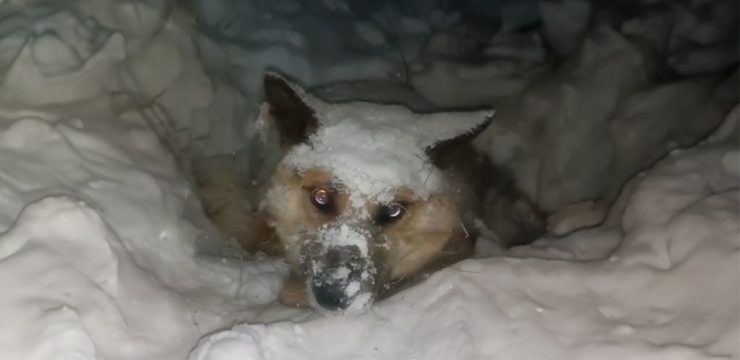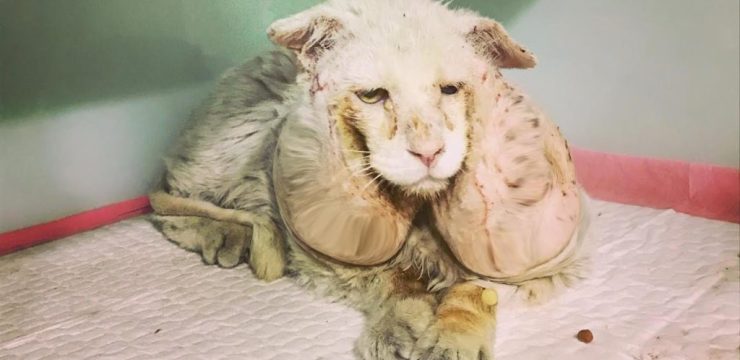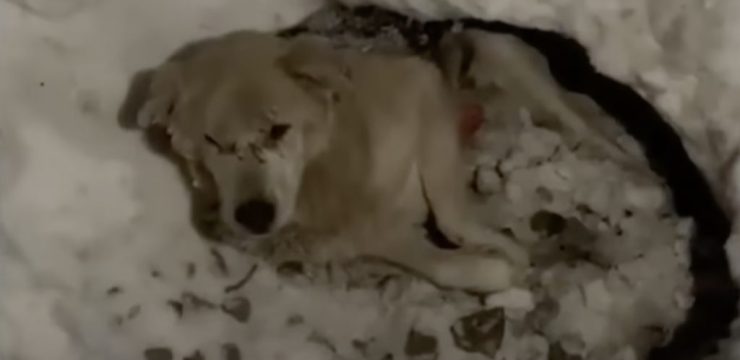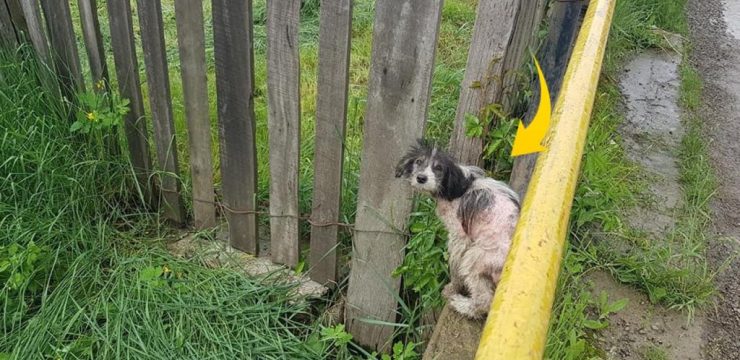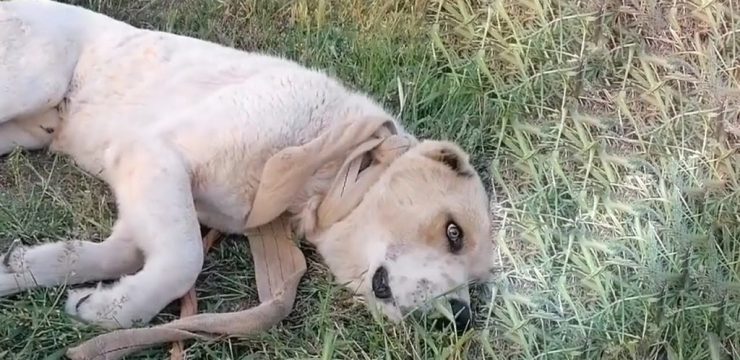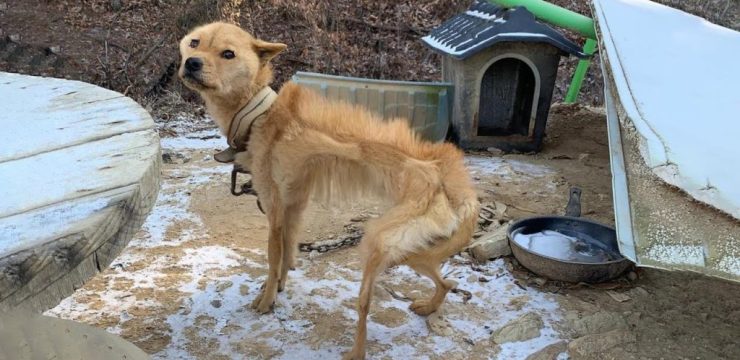Growing up, I was the kind of kid who always smelled faintly of hay. My childhood was stitched together with mornings spent feeding chickens, afternoons brushing ponies, and summer evenings chasing barn cats across the fields. Animals weren’t just pets to me—they were companions, teachers, and a kind of comfort I could never quite explain. So, when I became a parent, I secretly hoped my daughter would share that same deep connection with animals.

But I never imagined that bond would one day save her life.
We lived in a quiet town where houses sat far apart, leaving plenty of land for gardens, pets, and—just beyond our fence—a horse named Jasper. He was a tall, white beauty with a smooth coat and dark, thoughtful eyes. Though his size could be intimidating, there was something steady and calm about him. He had never kicked, never panicked, never shown a hint of aggression. Jasper radiated peace.
The first time my daughter, Lila, saw him, she was only two years old. We were outside one crisp morning when she spotted him grazing in the pasture. She froze mid-step, pointed with her tiny hand, and whispered, “Horsey.” Her fascination was immediate and deep.
Our neighbor, Mr. Caldwell, who owned Jasper, happened to be in the pasture that day, brushing his mane. He smiled and waved. “Want to meet him?” he asked.
I hesitated. Lila was so small, and Jasper was enormous compared to her. But something in the horse’s eyes told me he understood how fragile she was. So, hand in hand, we walked closer.
Jasper lowered his head, moving with slow grace. Lila reached out her chubby fingers, brushed his muzzle, and then pressed her cheek against his nose. She giggled—a tiny sound that seemed to fill the morning air. That was it. The beginning of something I couldn’t define but could already feel was special.
From that day on, Lila wanted to see Jasper every morning. She would toddle to the back door, clutching her shoes, chanting, “Horsey! Horsey!” until I gave in. At first, I limited the visits—just ten minutes of brushing while I stood close by. But Jasper’s patience was remarkable. He’d stand perfectly still as she babbled, patted his side, or tangled her fingers in his mane. Sometimes, she’d hum little tunes with her cheek pressed against his neck. He never moved away. If anything, he leaned closer.
Weeks turned into months. Their connection only grew. Lila would sit in the hayloft chatting in her toddler language while Jasper stayed near, quietly listening. Sometimes, she’d curl up in the straw beside him and drift off to sleep. I found it magical—my little girl had a best friend, and that friend happened to be a horse.
Then one evening, months later, I heard a knock on the door. It was Mr. Caldwell. He looked uneasy, his usually calm face drawn tight.
“Can we talk?” he asked softly.
My heart skipped. “Of course. Is something wrong? Did Lila do something to Jasper?”
He shook his head. “No, no. It’s nothing like that. But it does have to do with them—with Jasper and your daughter.”
I frowned, not understanding.
“I think,” he began slowly, “you should take Lila to see a doctor.”
I blinked. “A doctor? Why? She’s fine.”
Mr. Caldwell shifted his weight. “I know it sounds strange, but Jasper’s been acting differently around her. Before I retired, I worked with him as a therapy horse. He was trained to sense changes in people’s health or emotions. And lately, he’s been unusually protective of Lila. He sniffs at her constantly, stands between her and others, and watches her closely. I’ve seen him behave this way before—with people who later turned out to have serious health problems.”
I stood there in silence, unsure what to think. Horses couldn’t diagnose illness. Maybe he was overreacting—or maybe he was just being kind, trying to find a reason for keeping my child away from his horse. Still, I couldn’t ignore the concern in his eyes.
That night, I couldn’t sleep. For two days, I told myself everything was fine. Lila was laughing, playing, eating like always. But Jasper’s strange behavior kept echoing in my mind. Finally, I made the appointment.
The doctor ran a few routine checks, then decided to do blood tests “just to be thorough.” Lila swung her legs on the exam table, smiling as if the world was perfect. I’ll never forget the doctor’s face when he came back.
“I’m so sorry,” he said gently. “The results show signs of leukemia.”
The room spun. My knees buckled. I clutched Lila, holding her as if I could protect her from the truth that had just shattered my world.
From that moment, everything changed—hospitals, treatments, sleepless nights, and endless fear. Watching my daughter, so tiny and brave, endure procedures that would challenge even an adult, broke something inside me.
But through it all, there was Jasper.
Whenever Lila had the strength, we’d visit him. Even on her weakest days, he seemed to know how to help. He would lower his head gently so she could touch him without effort. Sometimes, he stood guard while she rested in the hay, his calm breathing filling the silence. I used to think he somehow absorbed her pain—taking a little of it away each time she leaned on him.
Months passed. Chemotherapy was brutal, but Lila kept fighting. And Jasper never gave up on her. There were moments when I truly believed she found her strength in him—that his steady presence gave her something beyond medicine: hope.
Then came the day we’d prayed for. The doctor smiled and said the word I thought I’d never hear: remission.
I cried like I hadn’t in months. Lila was weak, but she was winning. And I knew deep down that without Jasper—and without Mr. Caldwell’s intuition—we might not have caught it in time.
When her third birthday came, we celebrated not just another year of life, but a miracle. We skipped the big party and went straight to the pasture. Jasper wore a flower crown Lila had made, and she laughed louder than I’d heard in months.
As I watched them together—the horse, the child, and the neighbor who had trusted his instincts—I realized that family isn’t only made of blood. Sometimes, it’s made of the hearts that show up when you need them most.
Jasper wasn’t just a horse. He was a protector, a healer, and, in a very real way, the reason my daughter is alive today. And Mr. Caldwell wasn’t just a neighbor. He became part of our story—a reminder that sometimes, love and awareness can change everything.
Years later, when I see Lila running toward Jasper with her laughter echoing across the fields, I still feel that same wave of gratitude. Their bond remains unbreakable—a living reminder that miracles don’t always arrive with fanfare. Sometimes, they stand quietly in a pasture, waiting to be noticed.
